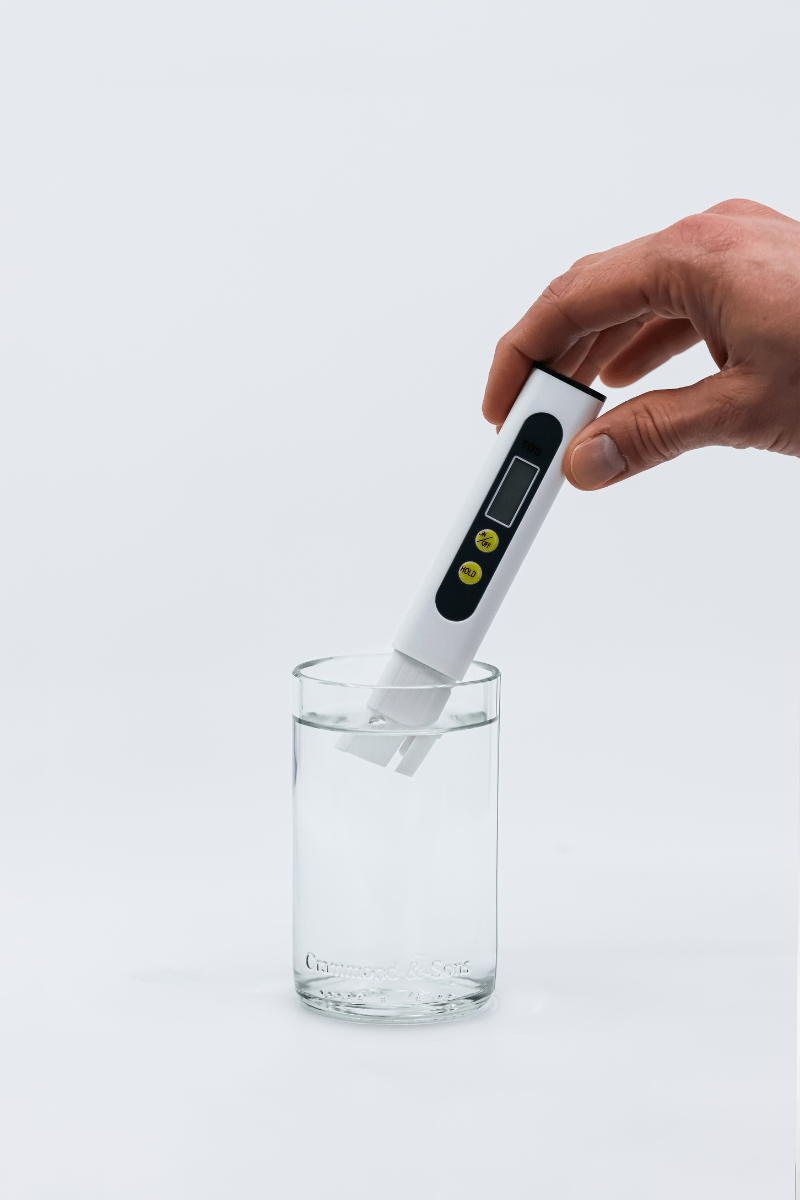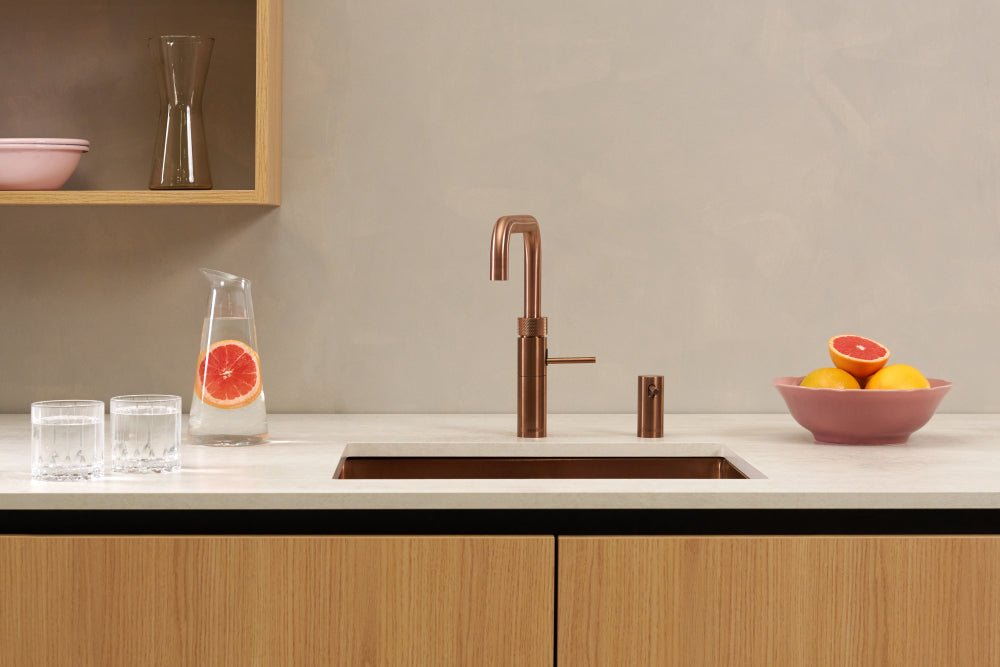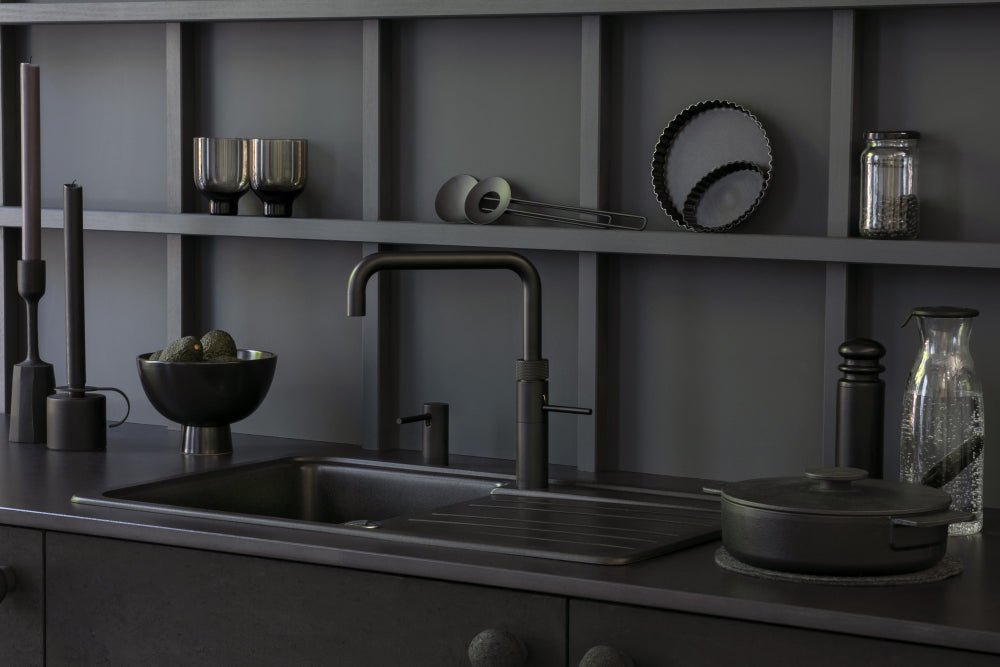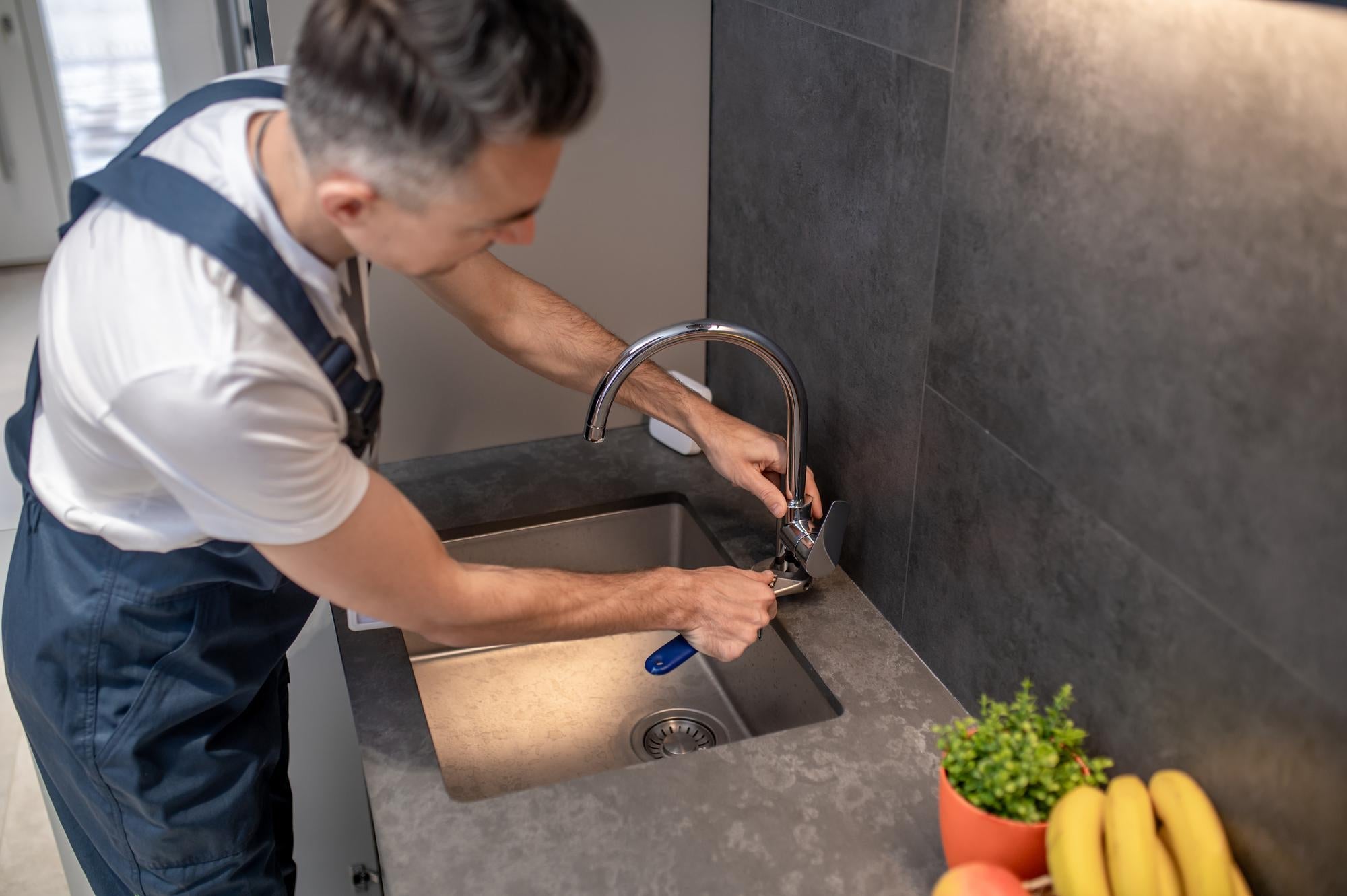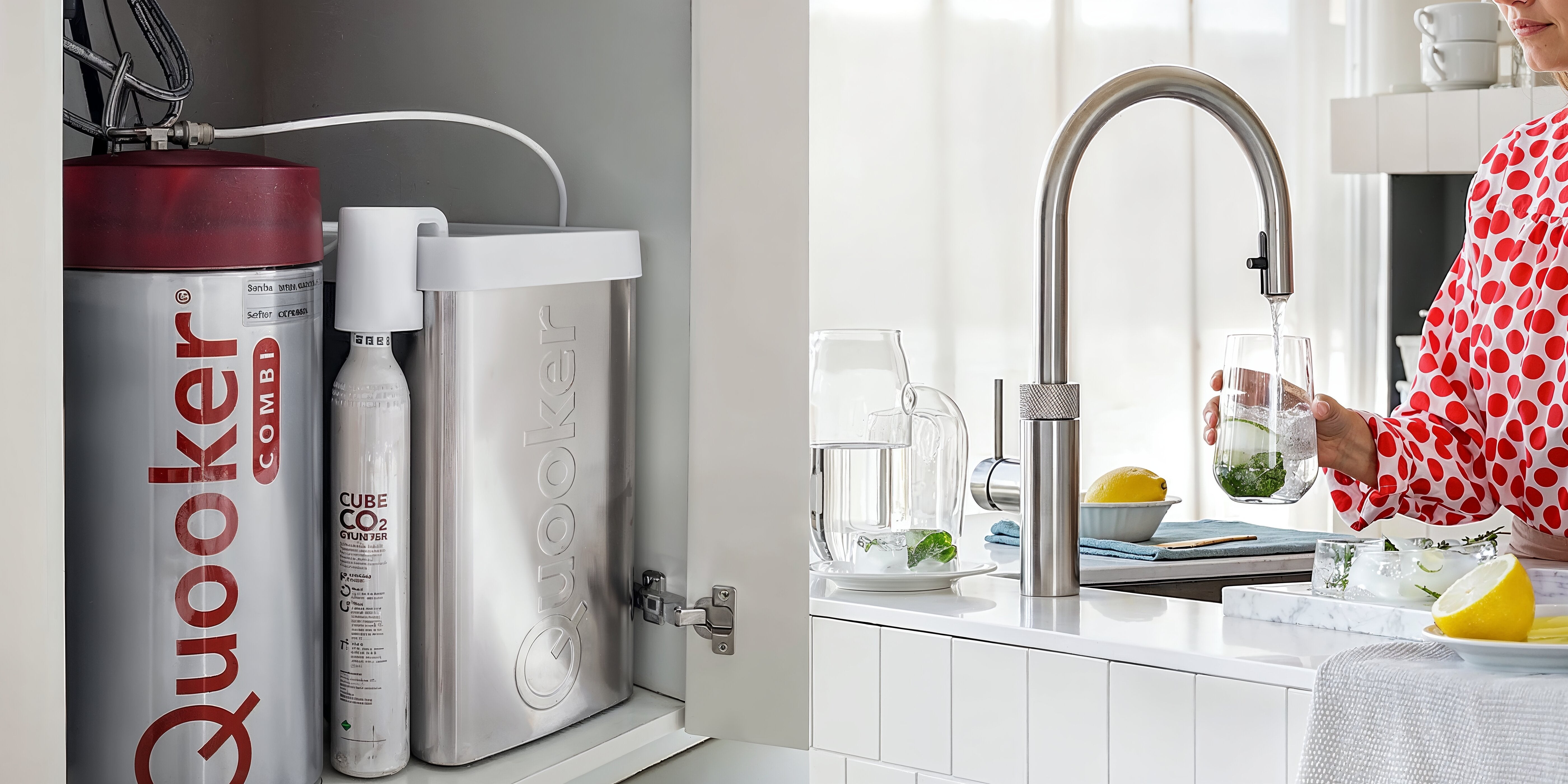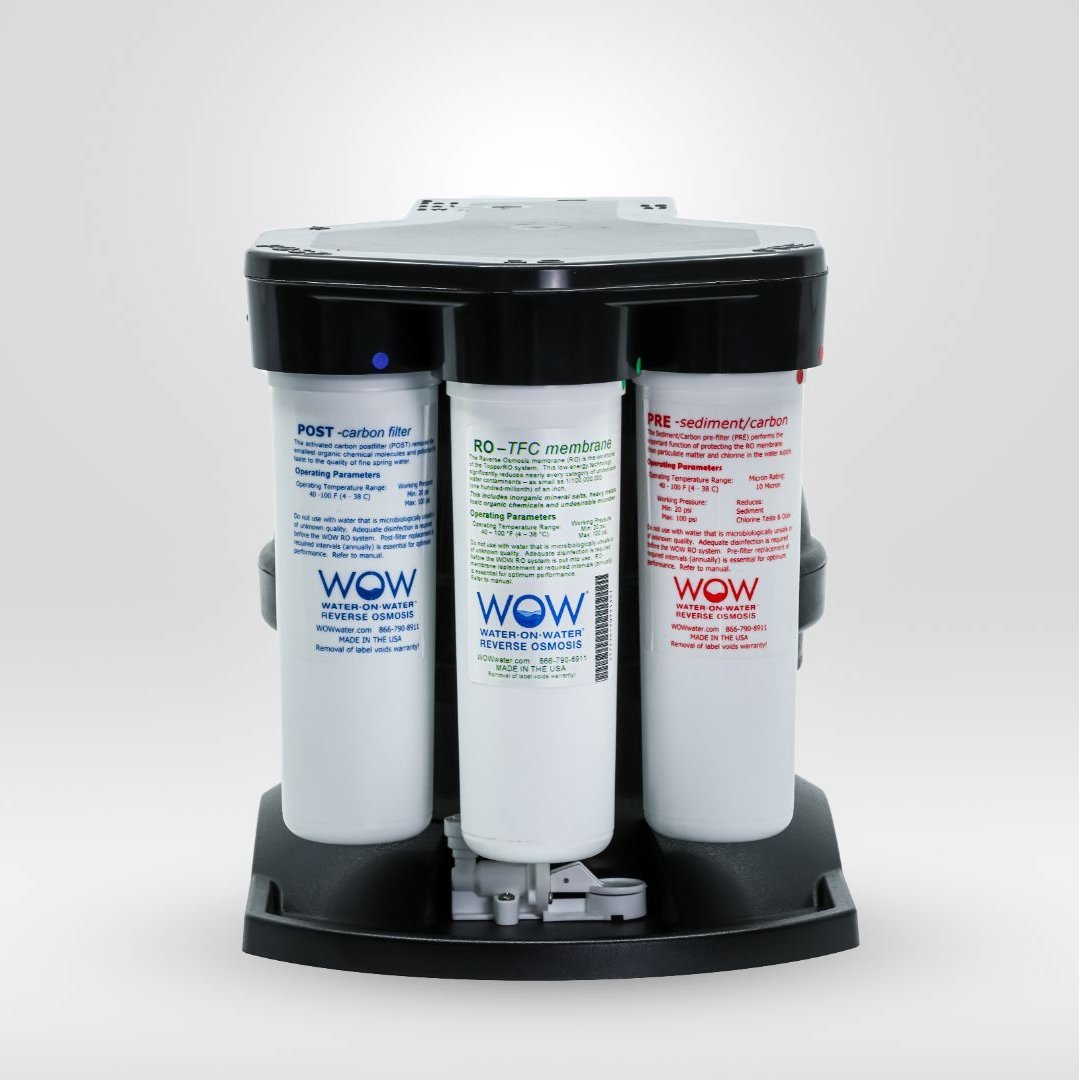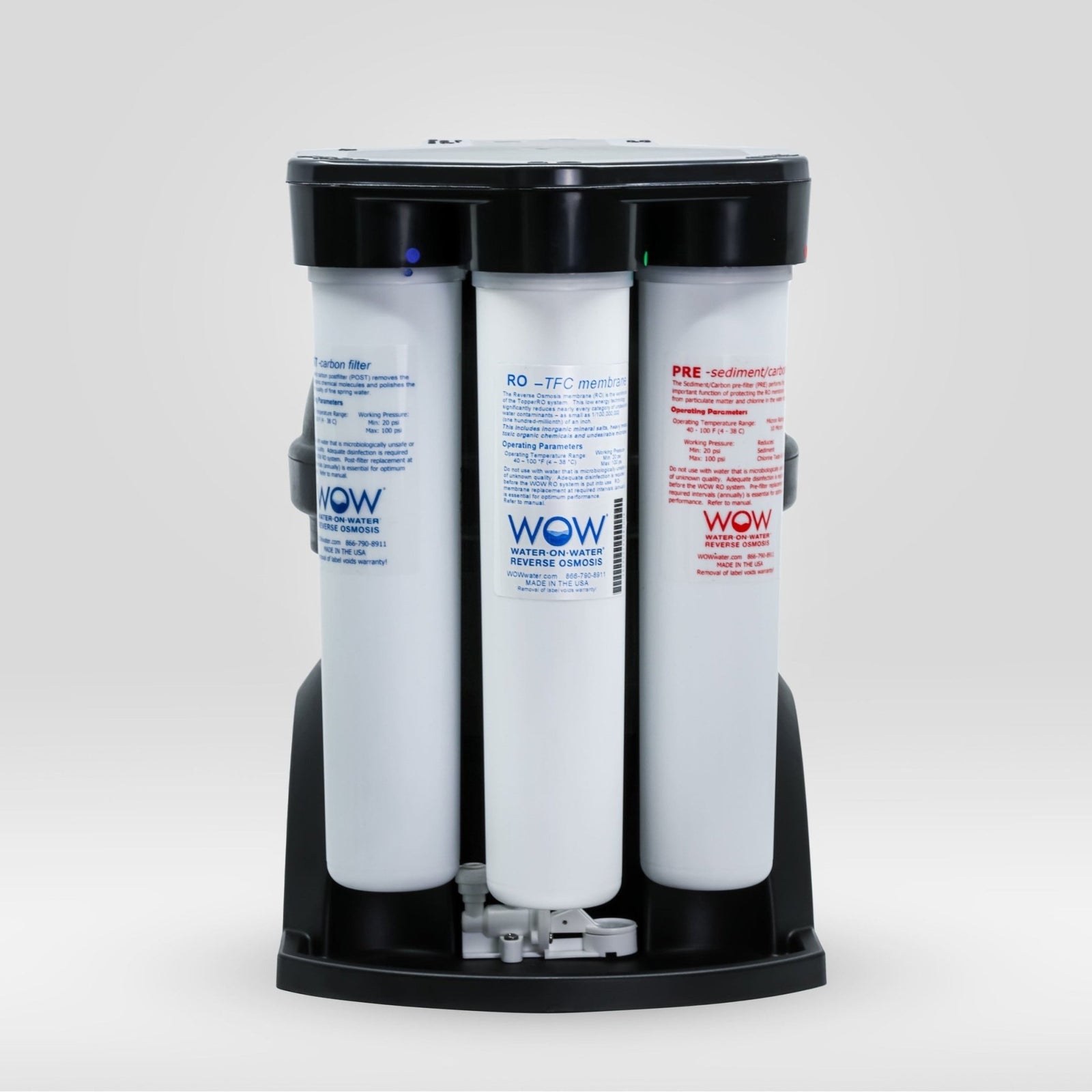The concentration of dissolved solids in water is measured using Total Dissolved Solids (TDS) values. These values are influenced by both natural conditions and human activities. Geological composition, seasonal changes, industrial discharges, agricultural activities, and water treatment processes all affect the amount of minerals and other dissolved solids in our water. Understanding these factors is essential for assessing water quality.
What are TDS values and why are they important?
TDS stands for Total Dissolved Solids, or the total amount of dissolved solids in water. It includes all inorganic and organic substances dissolved in water, such as minerals, salts, metals, and other particles. Healthy TDS levels are an important indicator of overall water quality and can directly impact the taste, clarity, and safety of water.
For household use, TDS values are relevant because they determine the taste of water, how effective soaps and detergents are, and how appliances like kettles and coffee makers function. In industrial applications, these values are crucial for processes where water quality is important, such as in the food industry or when cooling machinery.
Regularly measuring TDS levels allows us to monitor changes in water quality and take timely action when necessary. This way, we can ensure that the water we use every day remains safe and healthy.
Which natural factors influence TDS levels in water?
The geological composition of the soil is one of the most important natural factors determining TDS levels. Water flowing through calcareous areas absorbs calcium and magnesium ions, resulting in higher TDS levels. Natural minerals such as potassium, sodium, iron, and manganese occur naturally in certain soil types and can contaminate groundwater.
Seasonal changes also play a significant role. During periods of drought, TDS values can rise because less water is available to dilute the dissolved substances. During rainy periods, values can decrease due to dilution, or sometimes increase due to increased erosion and leaching of minerals from the soil.
Natural water sources such as lakes, rivers, and groundwater reservoirs each have their own characteristic TDS profile, depending on their environment. Seawater, for example, naturally has very high TDS values due to its high salinity, while mountain springs often have low values.
How do human activities affect TDS values?
Industrial discharges are a significant source of elevated TDS levels in surface water. Factories discharging chemicals, metals, or other dissolved substances can significantly increase TDS levels in nearby waterways. In the Netherlands, we are seeing increasing soil contamination, forcing us to drill deeper for clean groundwater.
Agricultural activities contribute to elevated TDS levels through the use of fertilizers and pesticides, which can seep into groundwater. Irrigation can also lead to elevated soil salt concentrations, which ultimately affects TDS levels in groundwater.
Water treatment processes can both increase and decrease TDS levels. Some treatments, such as water softeners, remove specific minerals, while other processes, such as chlorination, can introduce substances. Modern TDS meter technology helps us accurately monitor these changes.
Household factors such as the use of detergents, soaps and other cleaning agents contribute to TDS levels in wastewater, which ultimately ends up back in our water system.
How does a TDS meter work and how do you use it correctly?
A TDS meter works based on electrical conductivity. Dissolved salts and minerals in water conduct electricity, and the more dissolved solids present, the higher the conductivity. The meter converts this conductivity into a TDS value, usually expressed in parts per million (ppm) or milligrams per liter (mg/L).
Various types of TDS meters are available, from simple pen meters to sophisticated laboratory equipment. For home use, digital pen meters are the most practical due to their ease of use and affordability.
For a correct measurement, follow these steps:
- Remove the protective cap from the TDS meter
- Turn on the meter
- Immerse the electrode in the water sample (make sure the electrode is completely submerged)
- Wait for the measurement to stabilize (usually a few seconds)
- Read the value and write it down
- Rinse the electrode with clean water after use.
Calibration is essential for accurate measurements. Most TDS meters require regular calibration using a standard solution with a known TDS value. Follow the manufacturer's instructions.
What do the TDS measurements mean for your water quality?
The interpretation of TDS values depends on the intended use of the water. For drinking water, values between 50 and 300 ppm are generally considered excellent. Values between 300 and 600 ppm are still acceptable for drinking water, but can already impart a noticeable taste.
At values above 1000 ppm, water is often perceived as unpalatable, and limescale can cause problems with household appliances. For specific applications, such as aquariums or certain industrial processes, other optimal values may apply.
When should you take action? If your TDS levels are consistently above 600 ppm for drinking water, it's wise to consider a water filtration system. Systems like our "The Source" use advanced filter technology to remove up to 99% of unwanted substances from tap water, resulting in water with a healthy TDS level.
Too low TDS levels (below 30 ppm) can also be problematic, as some minerals in water are essential for our health. In such cases, water remineralization can be considered.
Did you know that water with a healthy TDS value not only tastes better, but also ensures that flowers bloom longer and tea develops better?
By regularly measuring your water's TDS levels and understanding the factors that influence them, you can make informed decisions about your water quality. Whether you're concerned about health concerns, want to improve the taste, or protect your appliances from limescale, understanding your TDS levels is the first step toward optimal water quality in your home.
